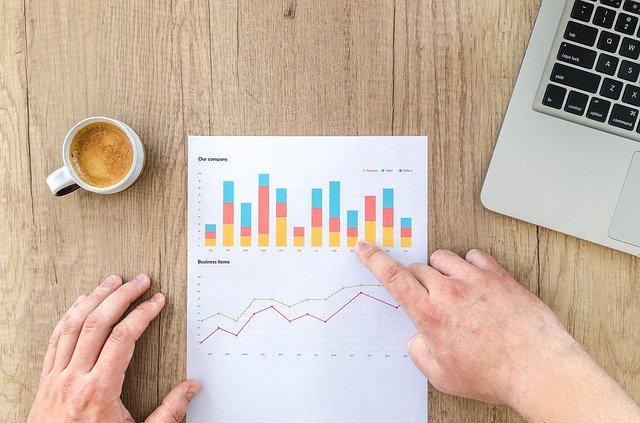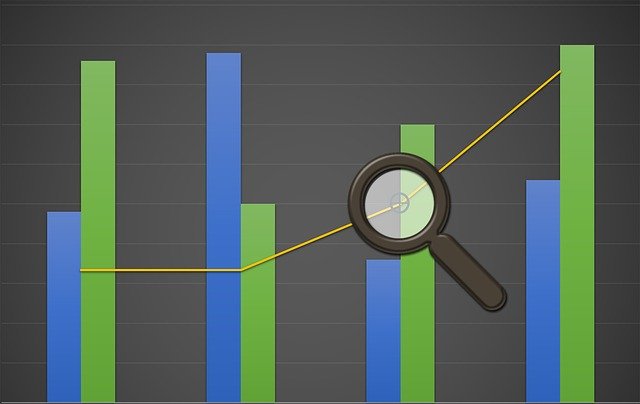
SWOT is an acronym that refers to the weaknesses, opportunities, strengths and threats of a company.
The acronym SWOT refers to weaknesses , opportunities , strengths and threats . The concept appears in a type of analysis that companies apply to know their best internal characteristics and the risks that come from outside.
SWOT analysis is also known as SWOT and SWOT , depending on how the words that make up the expression are arranged. The English acronym SWOT can also be found for strengths , weaknesses , opportunities and threats .
Developing a SWOT analysis allows you to discover the situation of a company or a project and, based on this diagnosis, favors the planning of a strategy. This tool, devised in the early 1970s , serves to identify competitive advantages and apply them in the market.
SWOT analysis items
Regarding those acronyms, we can determine that:
-Weaknesses, are the aspects in which the company in question is at a disadvantage.
-Opportunities, these are the spaces in the market that have not been taken into account and that can give rise to a very interesting area for the company's progress.
-Strengths, which are the aspects in which the company has a clear advantage compared to its rivals.
-Threats, which are the possible obstacles that the company may encounter and that come not only from consumer opinions but also from government regulations and even market fluctuations.
An example
If we take a candy manufacturing company as an example, the SWOT analysis could be as follows:
-Weaknesses: it needs more staff, there is machinery that is somewhat outdated...
-Opportunities: it is located near different supermarkets and shopping areas.
-Strengths: it has a brand image consolidated by its tradition and history.
-Threats: other factories with the same type of products are appearing in the same area.

A SWOT analysis can contribute to decision making.
Stages of SWOT analysis
To carry out this analysis, the first two stages consist of carrying out the external study (to detect opportunities and threats) and the internal study (with the aim of determining strengths and weaknesses). With these results, the SWOT matrix is created and then the strategy to be used is established.
Opportunities and threats are given by the political context, import and export regulations and tax legislation, among other factors. Strengths and weaknesses, meanwhile, depend on issues such as product varieties, customer service , and technical support.
The identification of the obstacles that may affect the fulfillment of the objectives , the exploration of solutions to the problems and the study of the different directions that the enterprise can take are some of the possibilities offered by the SWOT analysis.
The view on the individual
As a general rule, SWOT is used to analyze and manage companies. However, there is also the personal SWOT. This is used to ensure that workers can achieve their goals and contribute to the general good of the company for which they work.
Thus, when undertaking this specific analysis, the employee's weaknesses such as his laziness or shyness, opportunities such as external aspects that allow him to achieve his objectives, strengths such as his knowledge and threats such as the circumstances that surround him will be taken into account.
